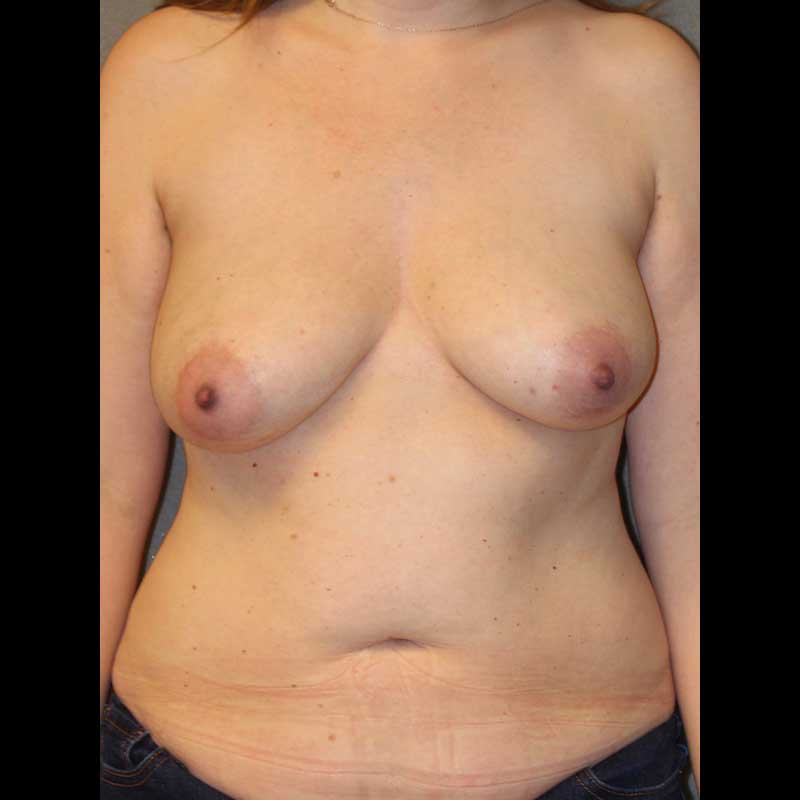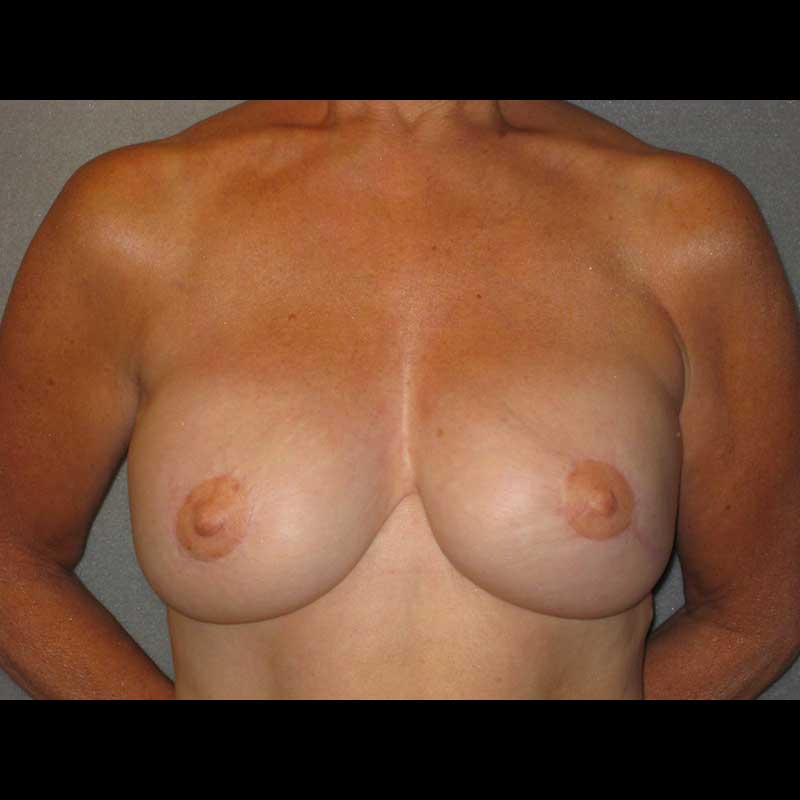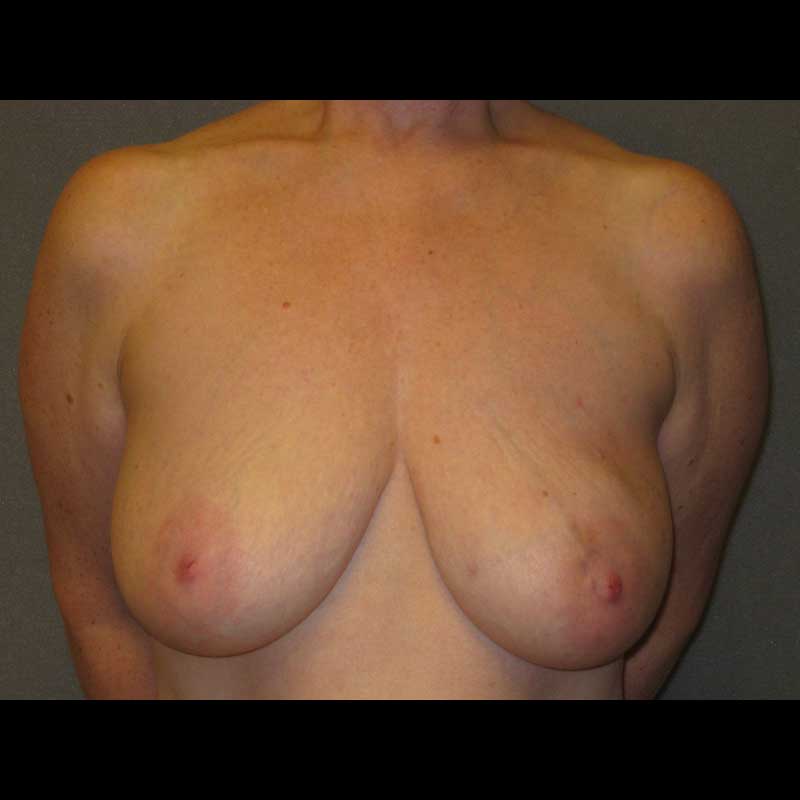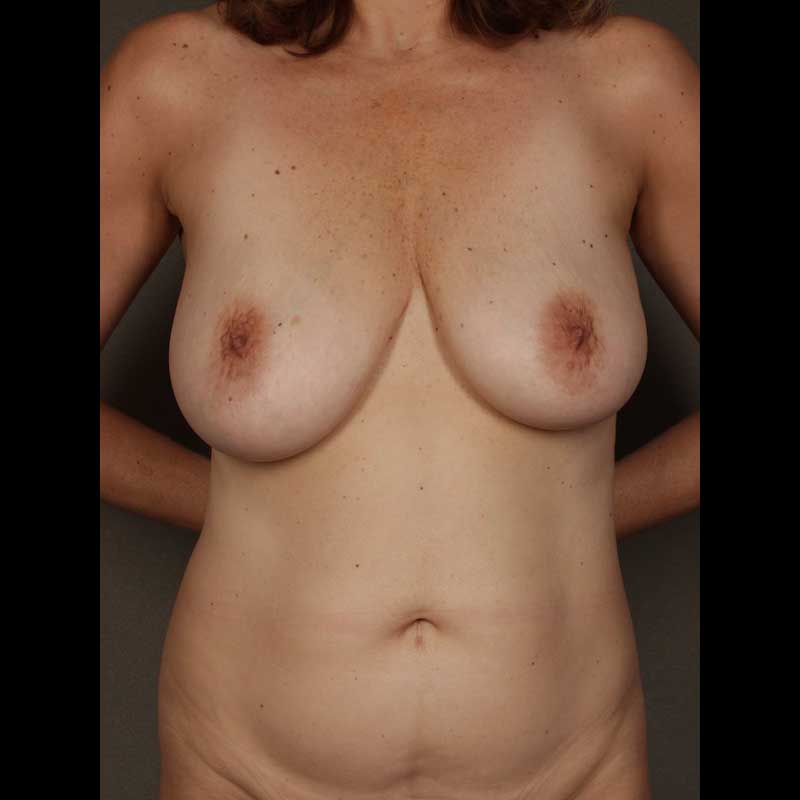Summary
Unless you have undergone nipple-sparing mastectomy, your reconstructed breast will not have a nipple or areola after reconstruction.
Nipple reconstruction procedures involve creating and using local skin flaps elevated directly from skin on the reconstructed breast. To complete the appearance of the areola, a skin graft can be used or tattooing can be done after the nipple reconstruction has healed. If a skin graft is used for the areola, the graft frequently comes from skin adjacent to healed scars elsewhere on the body. Regardless of whether or not a skin graft is used for the areola, a tattooing procedure will complete the reconstruction by adding a more natural color to the nipple and areola. Tattooing of the nipple areola is done as an office procedure once all scars have healed.
Most breast reconstruction patients are candidates for nipple areola reconstruction. If you have insufficient, thin, or radiation damaged breast skin, you may not be an ideal candidate for nipple areola reconstruction. If the skin of the reconstructed breast does not permit a quality nipple reconstruction, tattooing alone can frequently provide the appearance of a natural nipple areola.
Our plastic surgeons can help you choose the most effective method of nipple areola reconstruction for your situation.
Types of procedures
- Local skin flaps: In most cases, if there is sufficient good quality skin on the reconstructed breast, small skin flaps can provide a nipple reconstruction.
- Combination of skin flaps and skin grafts: The nipple is reconstructed with a skin flap while the areola is reconstructed with a skin graft taken from elsewhere on the body.
Procedure details
- Approach chosen depending on preference and quality of reconstructed breast skin
- Nipple location is marked, and local skin flaps are elevated using small incisions
- Skin flaps are stitched together to produce the nipple contour and texture
- Incisions where the skin flaps were taken are closed
- If needed, a skin graft taken from elsewhere on the body is stitched in place to create an areola around the nipple
- Nipple and areola are tattooed to provide a natural color after the reconstructed nipple has healed
Risks & Benefits
Problems with wound breakdown occasionally occur where the local skin flaps are stitched together to create the new nipple. In these rare cases, local wound care and, if needed, wound repair in the office usually resolve the issue. Generally, patients who have a history of prior radiation treatment are more likely to experience complications with healing. These patients may favor a nipple areola tattooing procedure alone over a surgical nipple reconstruction.
In some cases, a nipple flap delay procedure may be suggested to decrease the risk of wound problems. This involves nipple skin flap elevation and direct closure, typically under local anesthesia, followed by the definitive nipple reconstruction surgery at a later date.
Overall, the risks associated with nipple areola reconstruction are few, and the potential benefits are great. Nipple and areola reconstruction provides the finishing touch that can have a transformative impact on both physical and emotional breast reconstruction results.
Frequently Asked Questions
I have read that skin from the groin is used to make a nipple. Can I have nipple reconstruction if I don’t want skin removed from my groin area?
While some surgeons use skin grafts from the labia or groin for nipple areola reconstruction, our surgeons favor less invasive techniques that can provide better outcomes. We avoid using grafts from the labia or groin, because these grafts may generate hair growth on the new nipple and can result in undesirable scarring at the donor site.
I had nipple reconstruction in the past, but my nipple has become flat. Can this be repaired?
This depends on the quality of skin and the degree of scarring at the site of your nipple reconstruction. Options may include reconstructing a new nipple and areola using a local flap in addition to a skin graft. Another alternative may be three-dimensional nipple and areola tattoo. Our surgeons can help direct you toward the best option based on your situation.





